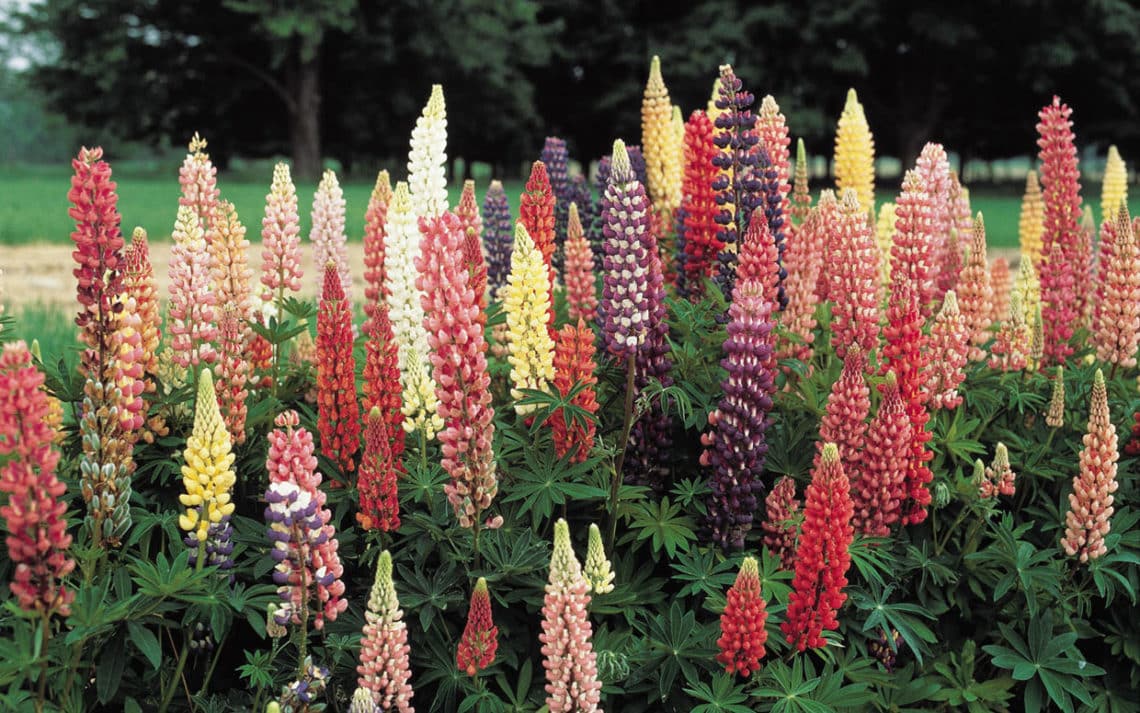[vc_row][vc_column][vc_custom_heading text=”Plant Perennials Now for Vibrant Spring Blooms”][vc_single_image image=”624″ img_size=”full”][/vc_column][/vc_row][vc_row][vc_column][vc_column_text]Want a spectacular show of perennials in your garden early next spring? If so, now’s the time to plant flowering favorites like hellebore, phlox, and allium. Get plants in the ground soon, and you gain a big head start on next year’s garden.
In all but areas with severe winters, fall is the ideal time to plant many perennials, because the cold winter months that follow are important for dormancy, says Venelin Dimitrov, product manager of flowers, tubers, perennial plants, shrubs, and fruits for W. Atlee Burpee & Co.
“Many perennial plants from temperate climates must experience a period of low winter temperature to initiate and accelerate flowering, which is known as vernalization,” he says. “This process establishes the plant, so it starts growing earlier the next spring and produces brighter and bolder colors.”
Fall is also a good time to plant many bulbs, like crocus, tulip, and daffodil, and the biennials digitalis, delphinium, lupine, viola, and hollyhock. The latter plants flower after the second year of growth and require a chill period over winter to get started.
Order perennial plants via mail-order in autumn, and they’ll travel during cool weather, which means less chance of drying out and stressing during shipping.
When to plant your perennials depends on the weather in the area of the U.S. in which you live. “For most of the country, early September is ideal for planting perennials,” says Dimitrov. “The cut-off time to plant in fall is normally 18-20 days before the first hard frost. Light frost of 32 F. won’t harm most of these plants.”[/vc_column_text][vc_column_text]To have luck incorporating new perennials into your landscape this fall, keep the following planting tips in mind.
Amend the soil prior to planting. This will ensure maximum drainage for plant root systems during the wet weather ahead, says Dimitrov. “Avoid planting in areas where water may gather and stay. Ensure there is maximum drainage for the root system.”
Clean up the garden and compost fallen leaves. Foliage lying in garden beds where your perennials are planted packs down and prevents plant roots from receiving critical air and water. Rake excess leaves out of the beds and compost them.
Create mixed borders. Interplant perennials with low-growing deciduous or evergreen shrubs. Such mixed borders add height, structure, and year-long interest to the garden.
Make a plan. When determining which perennials to use, consider the layout of the garden and its exposure. Create nonstop interest by planting perennials that bloom at different times throughout a season. Plant taller plants at the back of a border or bed, medium height plants in the center, and the lowest growing perennials in the front.
Launch the gallery to see a beautiful array of perennials you can look forward to.
Julie Bawden-Davis is a garden writer and master gardener, who since 1985 has written for publications such as Organic Gardening, Wildflower, Better Homes and Gardens and The Los Angeles Times. She is the author of seven books, including Reader’s Digest Flower Gardening, Fairy Gardening, The Strawberry Story, and Indoor Gardening the Organic Way, and is the founder of HealthyHouseplants.com.[/vc_column_text][/vc_column][/vc_row]
Project Link
Date:
© Julie Bawden-Davis

